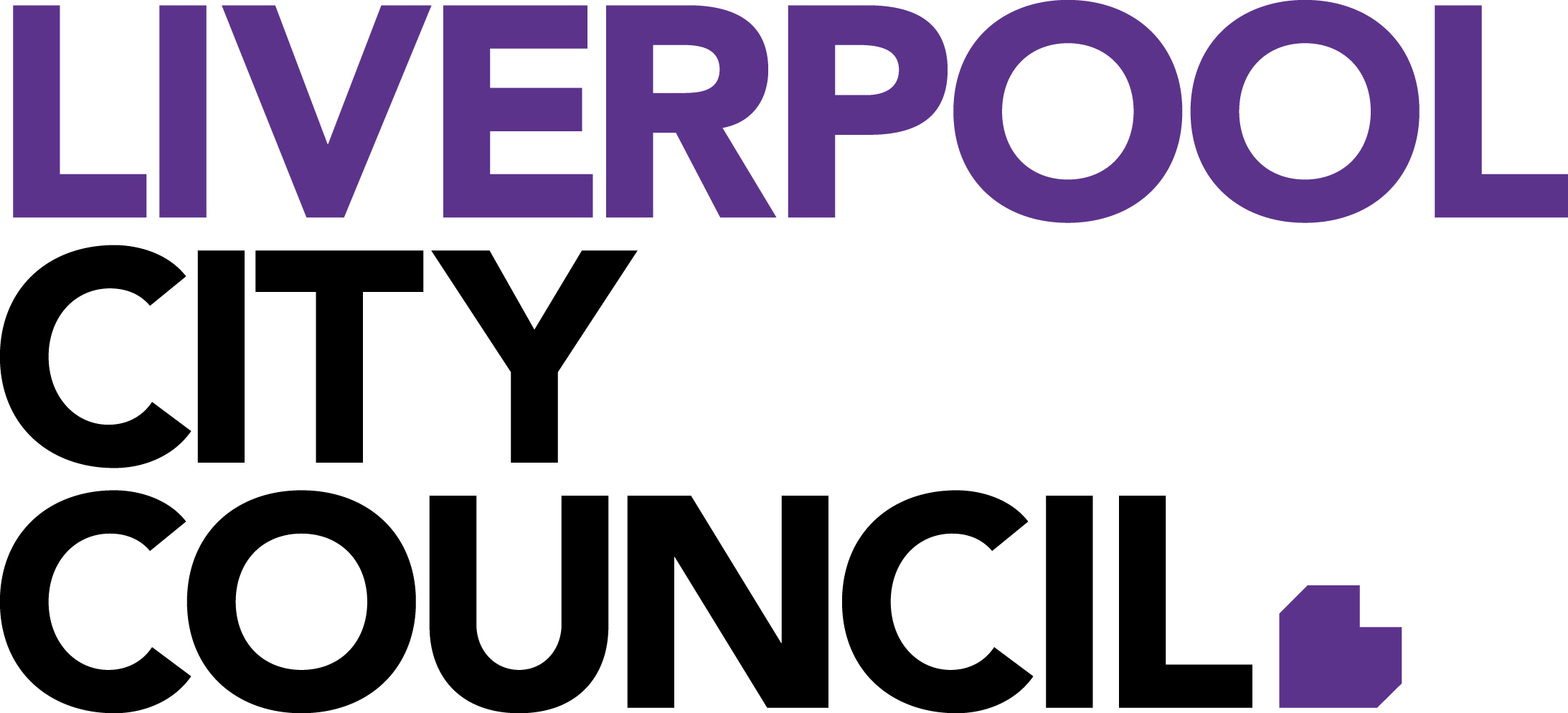🌟 Pedestrian and Air Quality Sensor Data
Jurisdiction: New South Wales
How might we improve users’ experience of their city by using data from pedestrian and vehicle counters and/or air quality sensors?
Smart Cities, Smart Liverpool, Smart Pedestrian Project
Thousands of people walk through Liverpool’s City Centre every day and, through the Smart Pedestrian Project, the paths they take will help shape the city’s future.
Liverpool City Council will count pedestrian and vehicle movements around the city centre, collecting data from smart devices and camera-counting technology. The data will be stripped of any identification and relayed and collected for analysis by researchers from University of Wollongong.
Council will then use this data to inform planning decisions and respond to the rising number of residents and workers making their way around the city centre every day.
Our Partners
Council secured an Australian Government Smart Cities and Suburbs grant to jointly fund the project.
Council is working with IT Integration Company Meshed and the University of Wollongong to deliver the technology. Meshed will supply the network and develop a wi-fi smart device counter. The university will develop the people-counting technology and data analysis.
The Technology
Sensors placed in key locations around Liverpool City Centre will connect through a Low Power Wide Area Network or LoRaWAN.
LoRaWAN is a low-cost network that connects wireless battery-operated devices across a wide area. It operates on low bandwidth, meaning it can only transmit small packets of data, but its low power consumption allows extremely long battery life.
This makes it ideal for collecting data, such as pedestrian and vehicle movements or air quality.
Further questions:
How can people and vehicle counting sensors and air quality sensors be used to improve a user's experience of their city?
How can businesses take advantage of existing sensors and IoT networks to their own advantage?
How might local businesses or residents be engaged with existing IoT infrastructure?
How can data/sensors be used by Councils to better plan for the development of the city? I.e. where are high pedestrian counts? Do bicycle counts align with future planned bike routes? Is there enough pedestrian infrastructure in areas with high counts of pedestrians (i.e. seats/bins/lighting)? Are the most likely routes taken by visitors into the city centre? Are these routes well served by wayfinding signage?
Eligibility: Use any open dataset to support your entry.
Entry: Challenge entry is available to all teams in Australia.
Dataset Highlight
Liverpool Smart Pedestrian project
